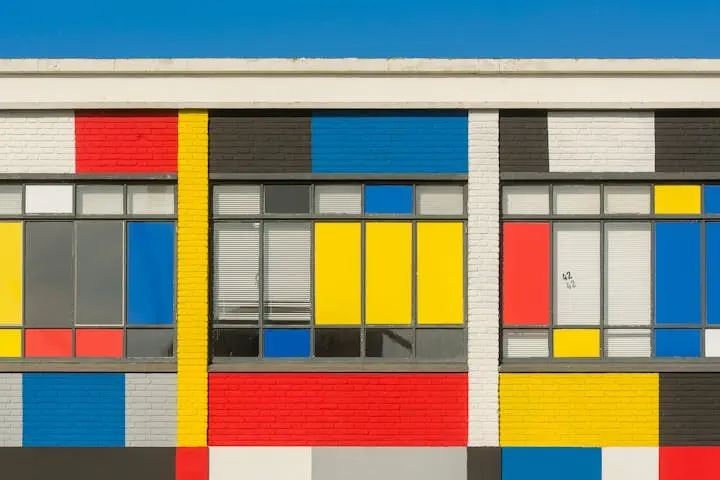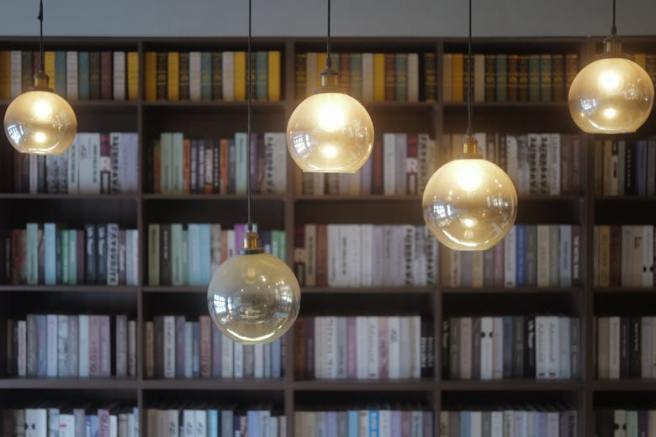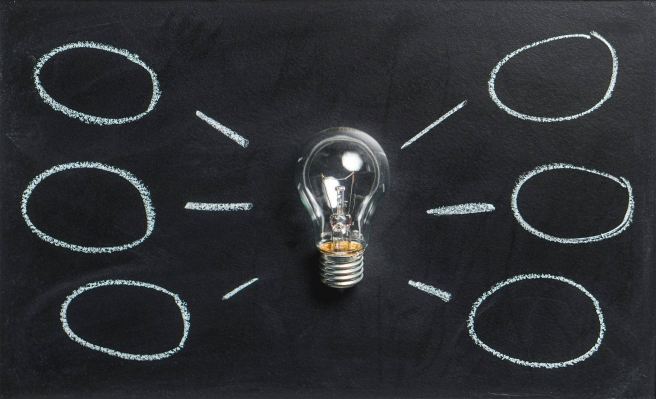2014 Nobel Prize in Physics awarded for invention of blue LEDs

This year’s Nobel Prize in Physics is awarded to Isamu Akasaki, Hiroshi Amano, and Shuji Nakamura for inventing blue light emitting diodes (LEDs) which enabled the creation of white LEDs—more efficient and longer-lasting light sources. The Nobel Committee called their invention “revolutionary” and said that “the 21st century will be lit by LED lamps.”
The award honours the dedication of the three researchers who achieved success where many big companies failed to realise the blue LED. Dr. Akasaki and Dr. Amano worked together at the Nagoya University, Japan, to achieve their goal while Dr. Nakamura, who is now a professor at the University of California, Santa Barbara, worked separately first at Nichia Chemicals in Tokushima and then on his own.
LEDs were invented back in the late 1950s and were soon available in red and green colours, but the realisation of blue LEDs had long proved elusive for scientists. While it had been known that gallium nitride was the key ingredient in producing blue light, growing the crystal to a sufficiently large size had remained a challenge. Dr. Akasaki and Dr. Amano made their breakthrough in the late 1980s. They grew gallium nitride on top a sapphire covered with a layer of aluminium nitride. Dr. Nakamura, on the other hand, found another way to achieve the same goal by using temperature manipulation to boost the crystal growth.
White LED lamps, produced by combining red, green, and blue LEDs, can last for 100,000 hours, 10 times longer than fluorescent lamps and 100 times longer than incandescent bulbs. White LEDs are also more efficient, producing 300 lumen per watt of electricity – nearly four times more than fluorescent lamps and 20 times more than incandescent lamps.
Today we see the fruits of the invention of the blue LED in many applications including LED-based screens of computers, TVs, and smartphones, lighting of workspaces around the world, and Blu-ray Discs. Energy-efficient LED lamps are expected to play a significant role in reducing carbon dioxide emissions. Furthermore, they can run on cheap, local solar power and thus have the potential to provide lighting to over 1.5 billion people globally who do not have access to electricity grids.
Check out who won the Nobel Prize for Physiology/Medicine.
Image: Creative Commons/ Gussisaurio





